Due to a modern way of life, which is characterized by a sedentary lifestyle and frequent sitting, many people suffer from back problems, headaches and the associated unclear complaints. It is precisely because no isolated symptom can be localized that holistic healing methods such as this succeed Osteopathy into the field of vision of those seeking help. Doctors, too, often regard these treatment approaches as a valuable addition to the methods of science-based medicine.
What is osteopathy?

The Osteopathy is a manual therapy that is included in holistic alternative healing methods. Sometimes the terms chiropractic, manual therapy, craniosacral therapy and osteopathy are used interchangeably.
A therapist who offers qualified osteopathy must, however, go through special training as a doctor, physiotherapist or alternative practitioner. This enables him to qualify as an osteopath. As a therapeutic and diagnostic method, osteopathy is initially aimed at disorders in the musculoskeletal system.
Historically, the method of osteopathy can be traced back to an American doctor who, during his experience as a country doctor, developed grip techniques that were supposed to release tension and blockages in the skeleton and muscles.
This also had a positive effect on the discomforts caused by tension in other areas of the body and alleviated pain. Modern osteopathy has developed on the basis of these basic assumptions. Private health insurances have always covered the costs of manual therapy. In the meantime, some statutory health insurances have also included osteopathy in their range of services.
Function, effect & goals

The Osteopathy does not only consider individual organs or organ systems. For osteopathy, the body represents a functional unit that is capable of self-regulation. The task of osteopathy is to promote and restore the mobility of all body structures. This applies to the musculoskeletal system as well as the internal organs, the blood and lymphatic system as well as the nerve tracts and the entire craniosacral area from the skull to the spinal cord and spinal column with the associated structures and tissues.
In osteopathy, the therapist works with his hands, as the term "manual therapy" suggests. Treatment begins with a careful history and diagnosis. The osteopath examines the patient standing, sitting and lying down according to a specific program. He performs movement tests and feels the tension in the tissue with his hands. During the osteopathy treatment, an attempt is made to restore the disturbed balance of all functions by applying pressure, carefully pulling or turning the correct parts of the structures.
The most common indications for osteopathy are disorders of the locomotor and holding apparatus. This includes rehabilitation after accidents or operations as well as the treatment of disc problems, lumbago, back, shoulder and neck pain.
Since the treatment is holistic, the range of osteopathic therapies can, however, be much broader. A treatment attempt may also be indicated for tinnitus, digestive and bladder problems, sleep disorders, asthma or problems with the temporomandibular joint.
There are no age restrictions. Even if babies have digestive problems, osteopathy can take corrective action very carefully and carefully.
In the case of acute problems, osteopathy often achieves very quick results, while treatment for chronic diseases usually takes longer.Normally after three, at the latest after six half-hour treatments at one-week intervals, a positive change should be seen. If the osteopathy has not worked by then, the therapist will recommend further medical diagnoses and other treatment methods.
Risks, side effects & dangers
Movement of blood clots, kidney and gallstones, or foreign objects such as the contraceptive coil can cause undesirable side effects Osteopathy be. Some patients describe sore muscles or fatigue as side effects of osteopathic treatment. It is therefore not advisable to exercise too much on the day of treatment.
Osteopathy should not be used if the patient has severe osteoporosis because it could damage the already severely weakened bone. Cancer, infectious diseases, generally febrile illnesses, broken bones, heart attacks and strokes as well as mental illnesses are also not indications for osteopathy.
These diseases must be treated by a specialist. As an accompanying treatment to alleviate illness-related complaints, osteopathy can, however, be considered after consultation with the specialist.

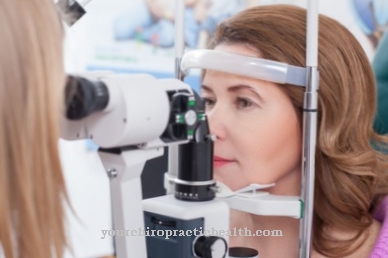
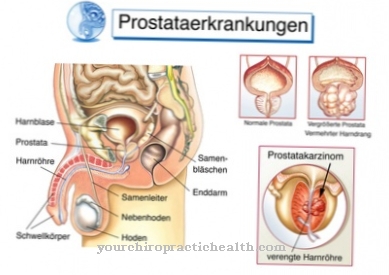

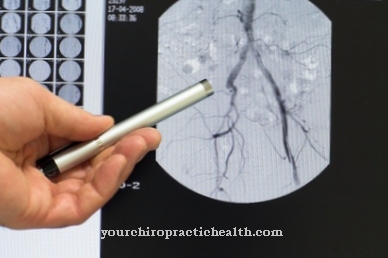
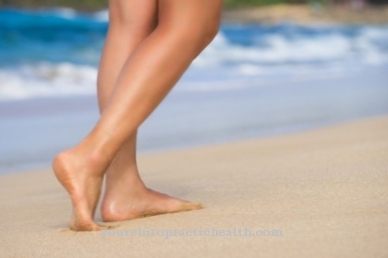
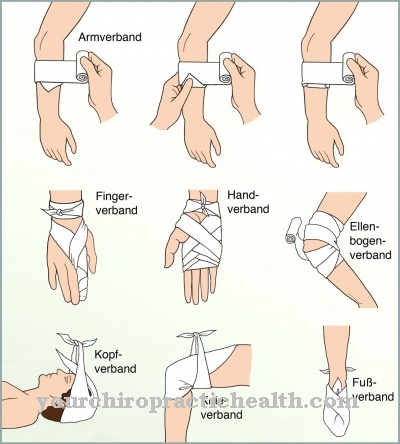


















.jpg)

.jpg)
